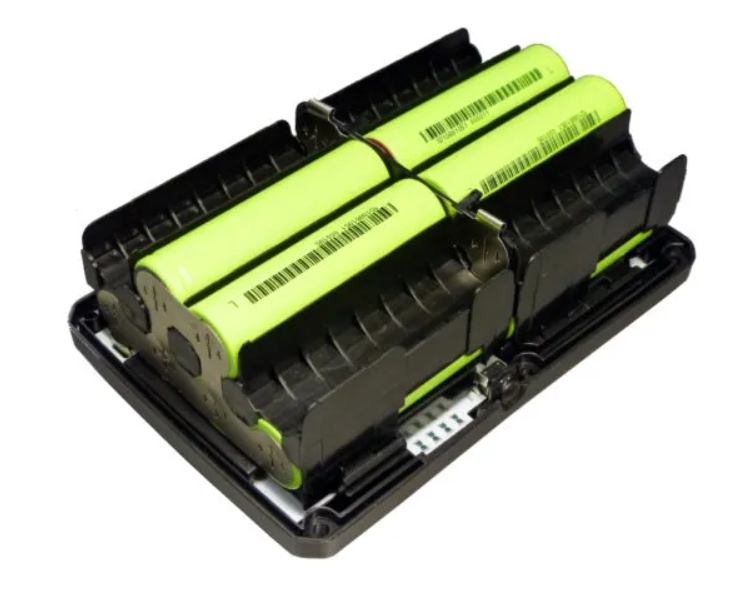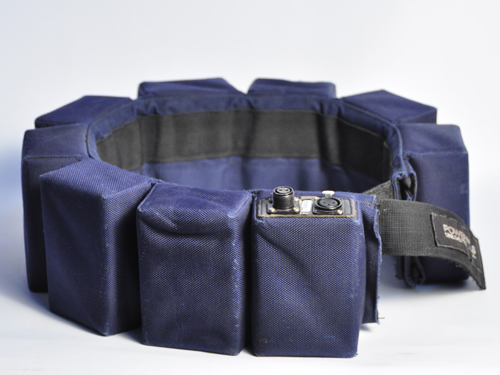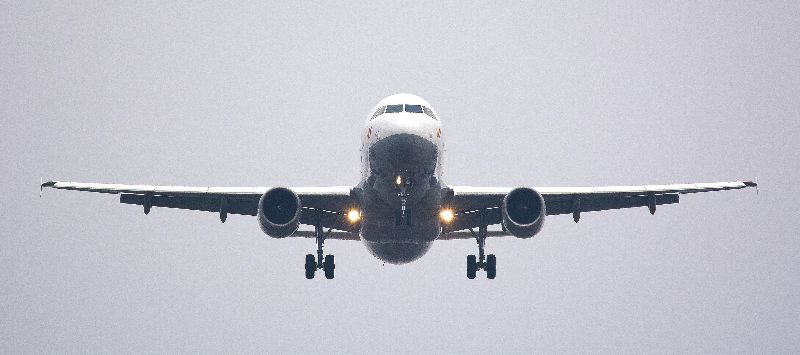NEWS LETTER - IDX-tra: January 2023
Posted by Don Mainardi on 4th Jan 2023
HEY IDX!?
With the recent events surrounding the batteries on e-bikes, are lithium ion batteries still safe to use?
Lithium-Ion batteries have been in the news lately and not all good. Batteries found on some e-bikes have caused problems with vehicles and chargers. To be clear, this is not about the chemistry, but rather about the inferior quality of the batteries. Lithium-Ion batteries are prolific in our world, found in laptops, cell phones, and keeping those annoying bunnies “going”.

IDX has always only offered Lithium-Ion batteries exclusively, as have every one of our major competitors. We all make safe products. Why is Lithium-Ion the preferred chemistry in professional batteries? A few reasons. This chemistry offers the best of all compromises. The weight-to-power ratio is excellent. Those among us who have been around a while recall previous chemistries which were so heavy that battery belts were used to distribute all of that weight around the operator’s waist. It was still heavy.

The lighter batteries we use today are due to the power available in a lighter case. Recently we recall Nickel-Cadmium as the common chemistry. However, they needed to be drained down at each use or the charger would establish a “false new ceiling” capping the capacity at that point moving forward to less and less with each use. This is not the case with Li-Ion. Another reason we moved to Lithium.

Since we live in the real world, we acknowledge that Lithium-Ion is a double-edged sword. The downside is shipping by air and air travel limitations. This is due to a tragic accident several years ago allegedly caused by a short in the contacts of a Lithium-Ion battery in the cargo hold. The explosion took lives. The pilot’s union became cautious and limited the amount of lithium in each battery. We are asked all the time “But can we fly with these batteries?". Years ago IDX put the requirements of IATA on our website.
These are updated often because they do change, but we stay abreast of updates. The regulation is based on how many grams are in each one, but they translate to Wh this way. Up to 99Wh, each member of the crew may carry eight and a battery on each device. Between 100 and 159Wh, each may carry two batteries and a battery on each device. The cut-off is at 160Wh, which is restricted completely. One important caveat is that you may NEVER put them in checked luggage. We hope this has shed some light on some misconceptions about Lithium-Ion batteries.

